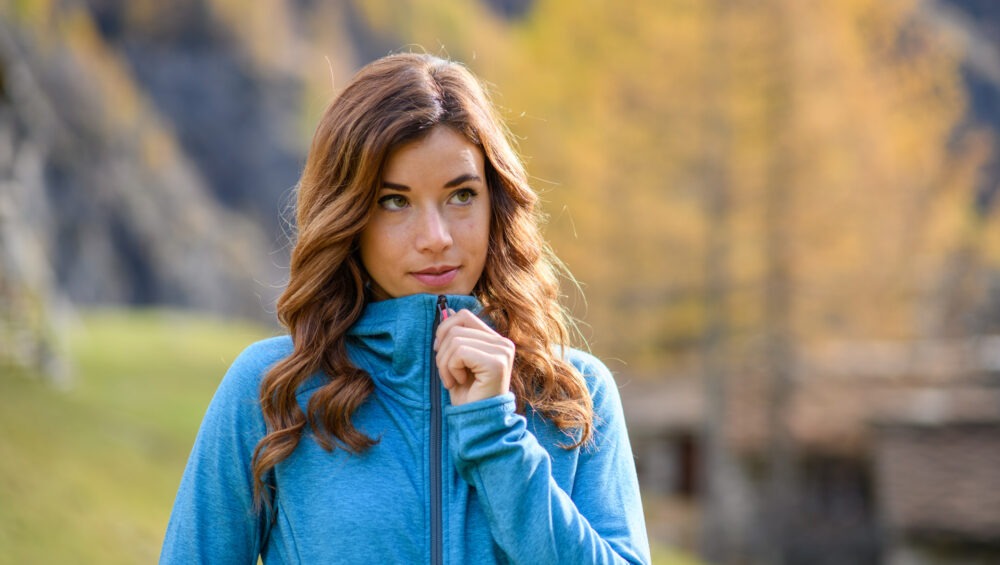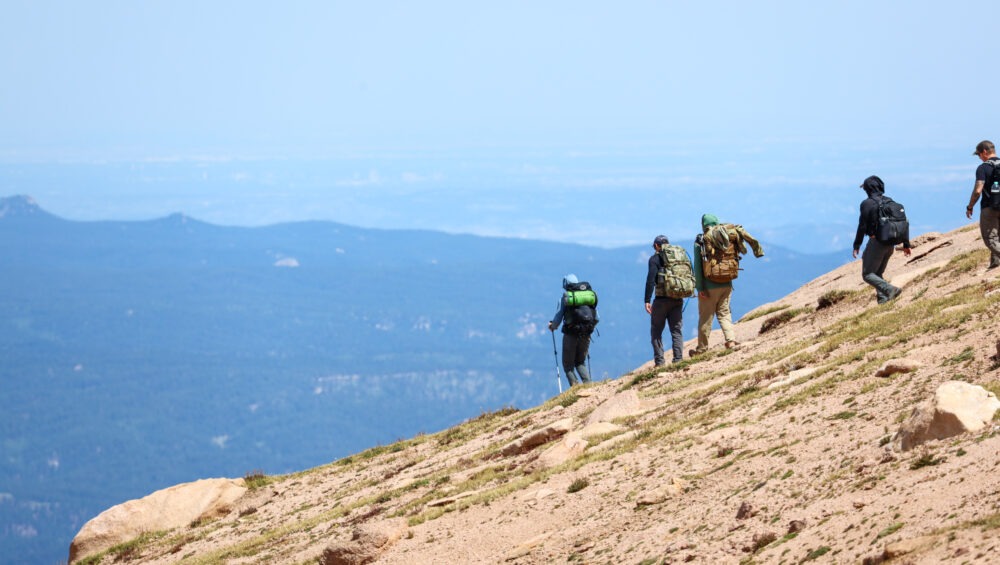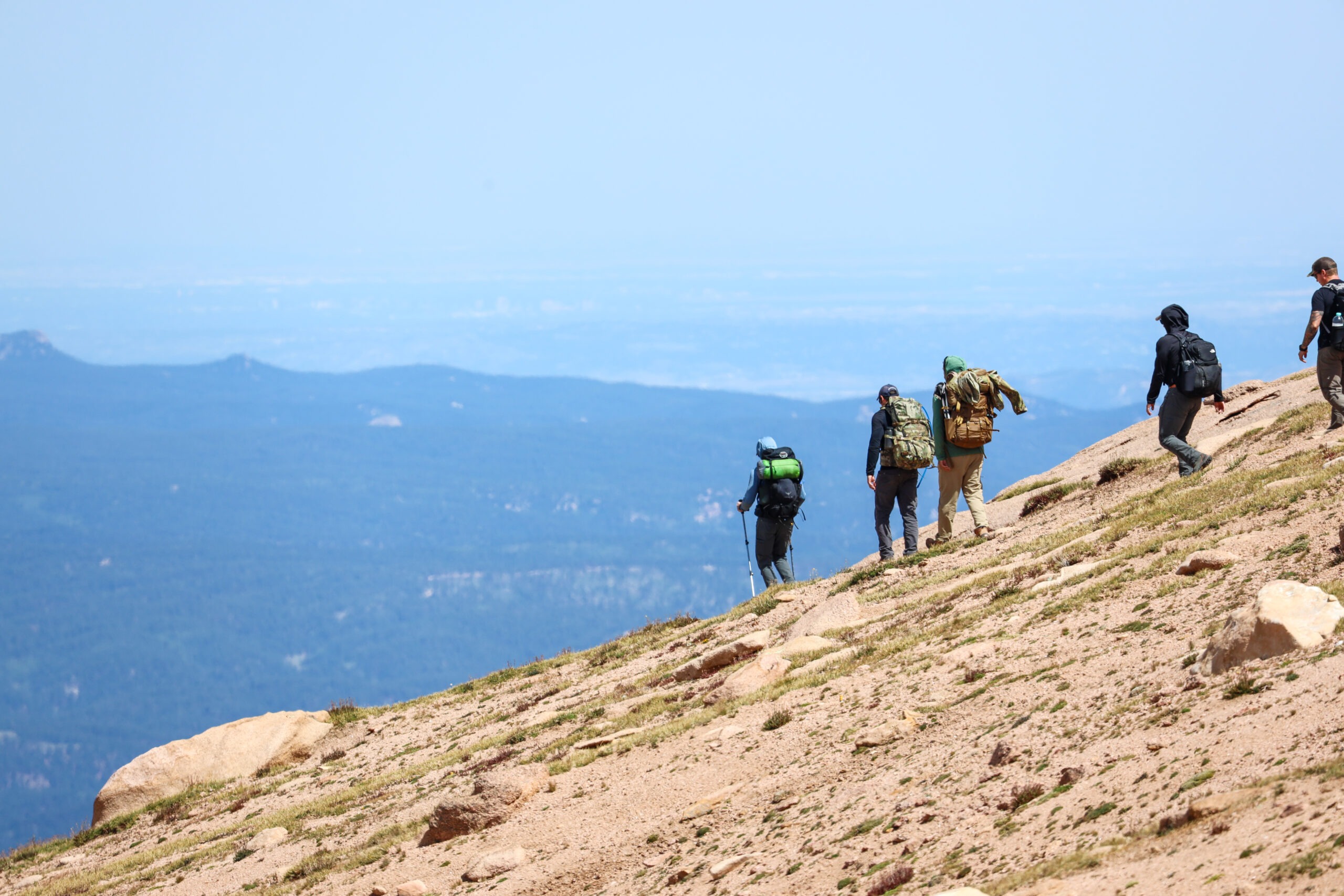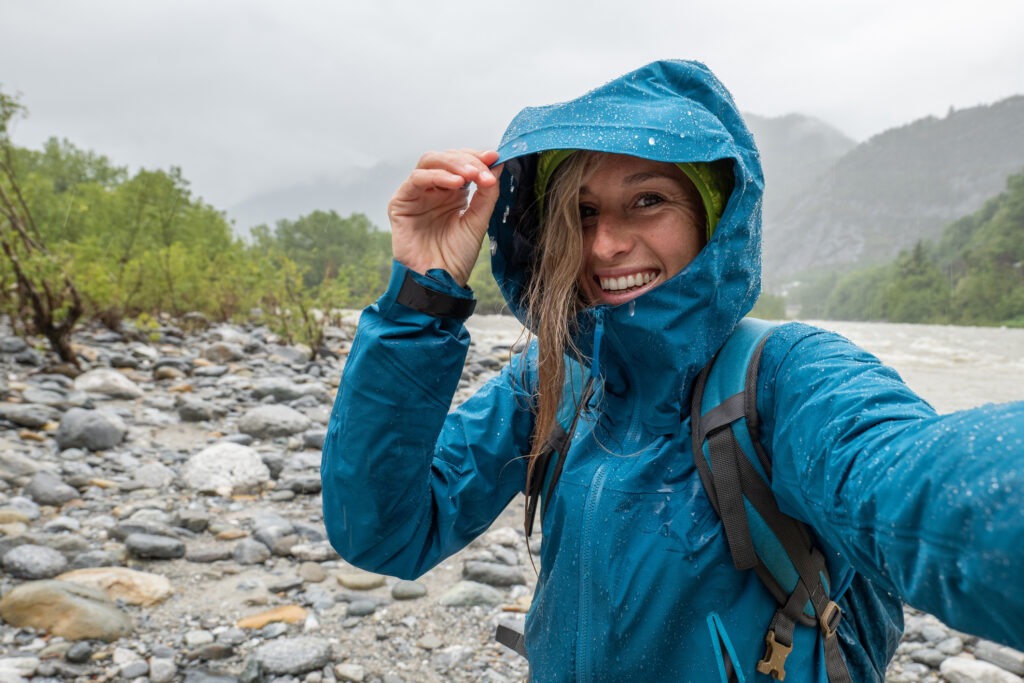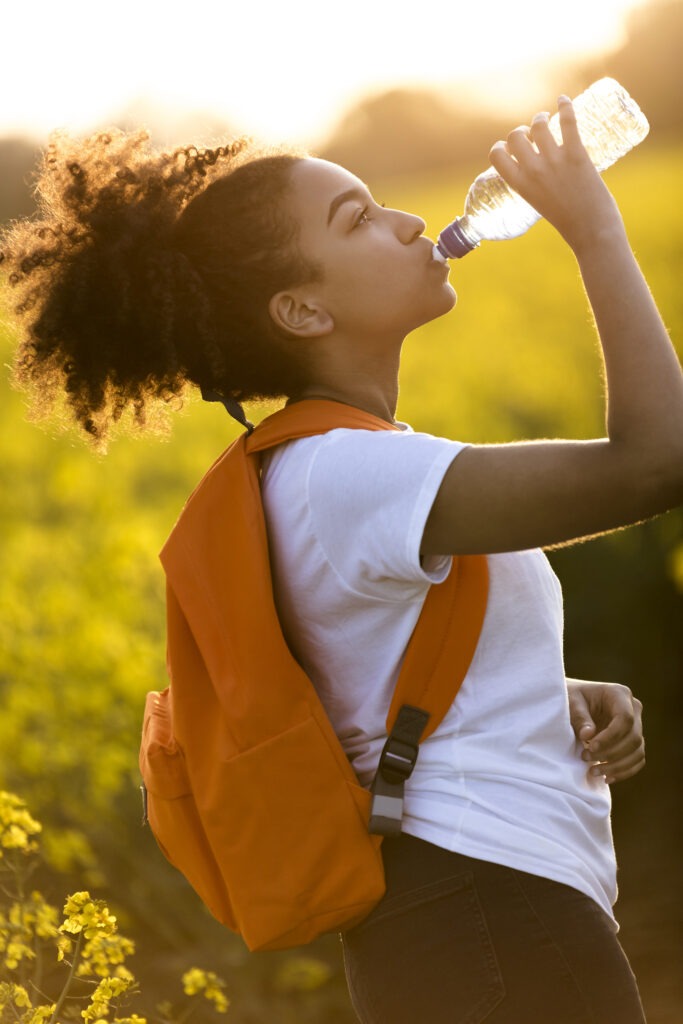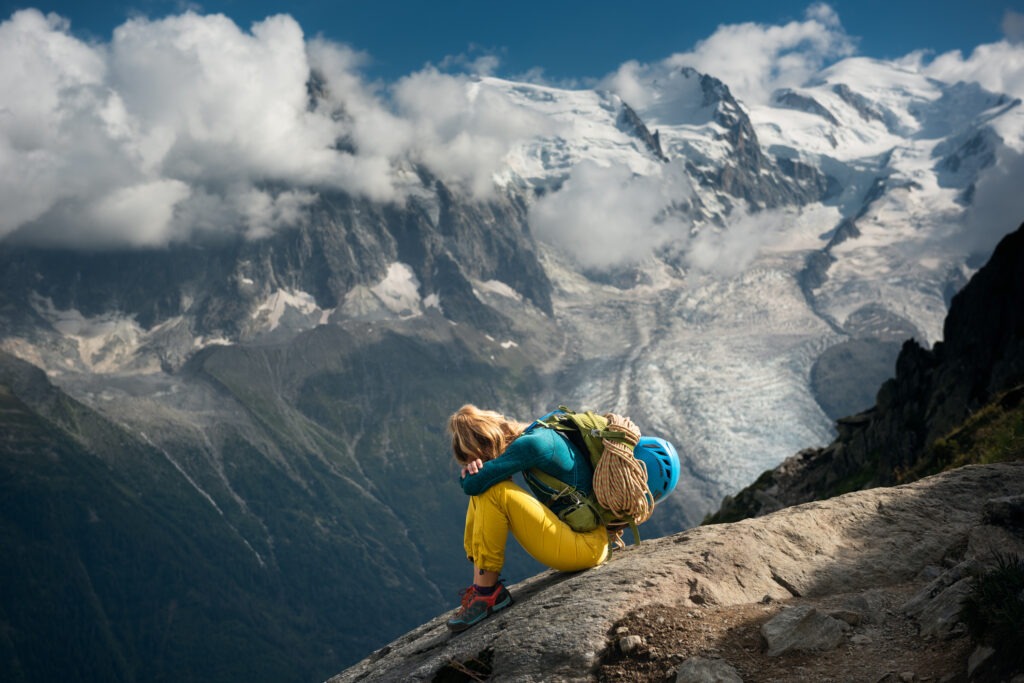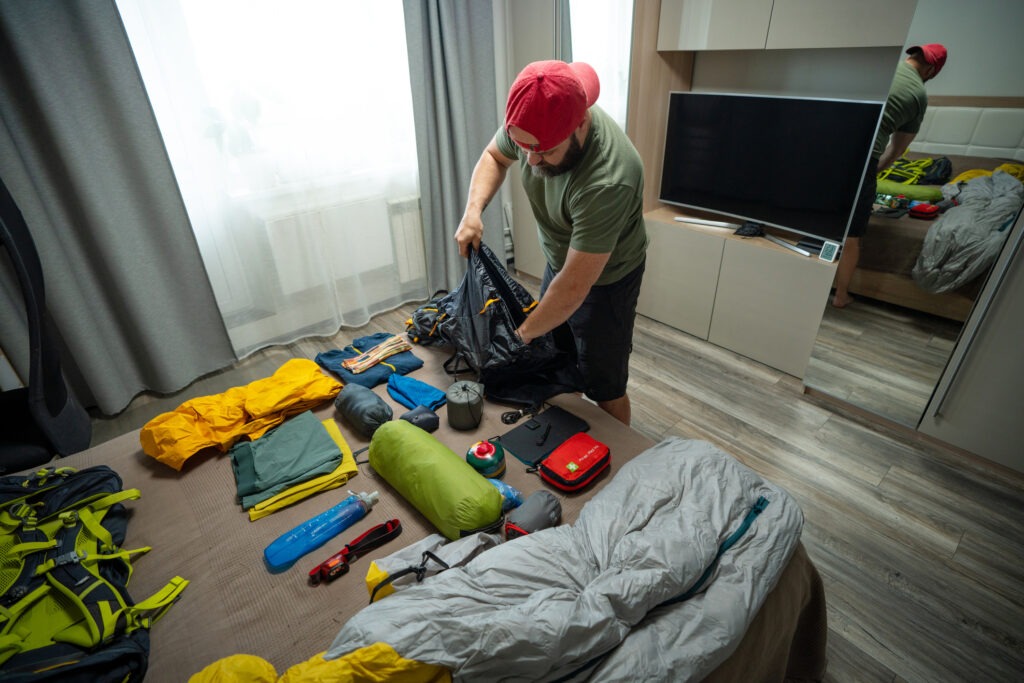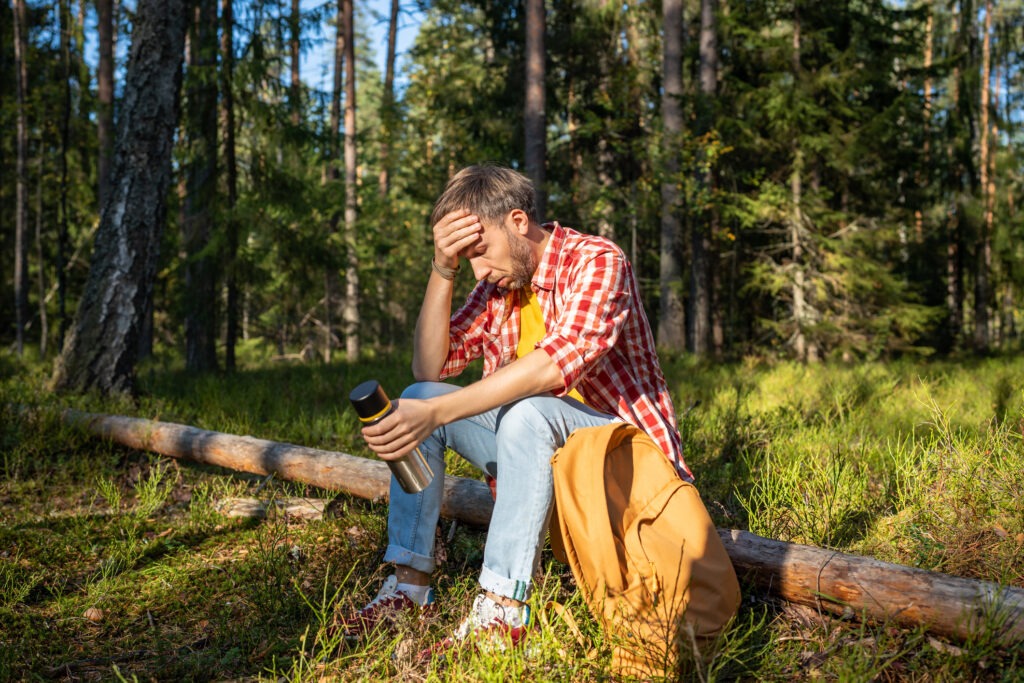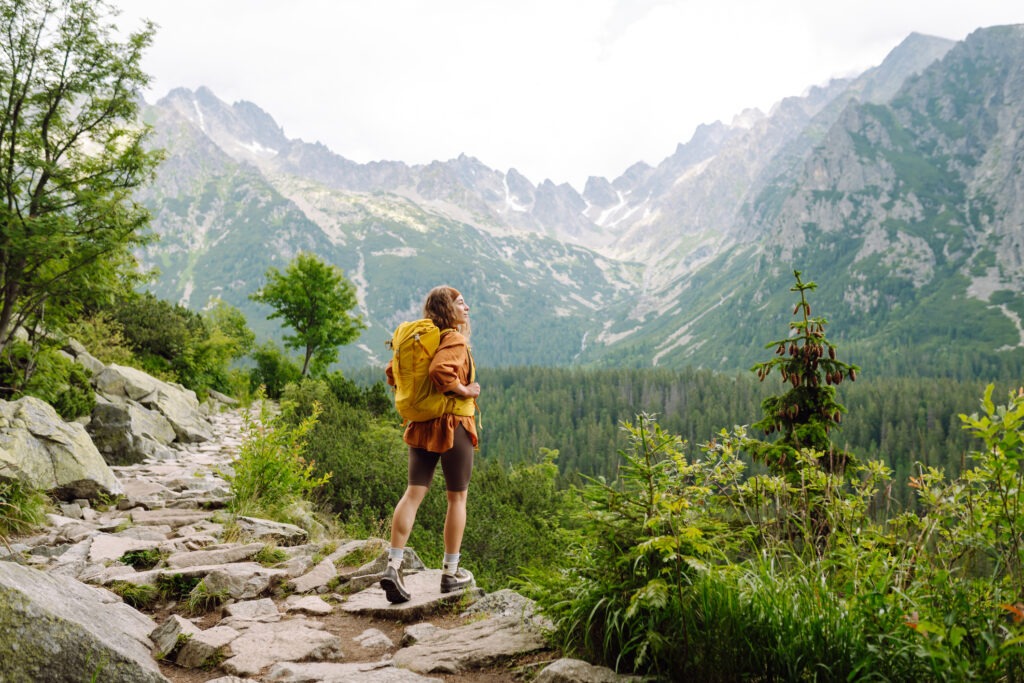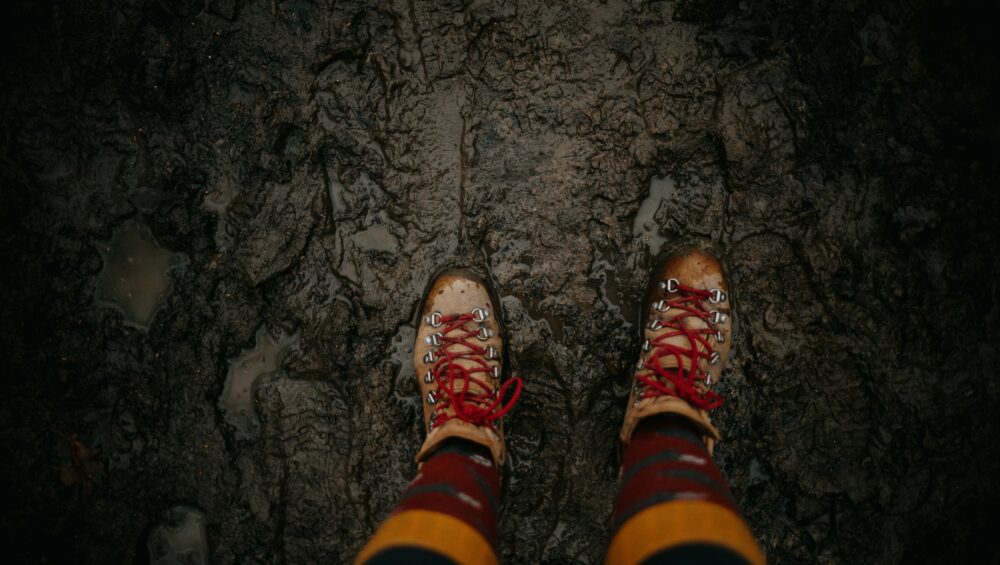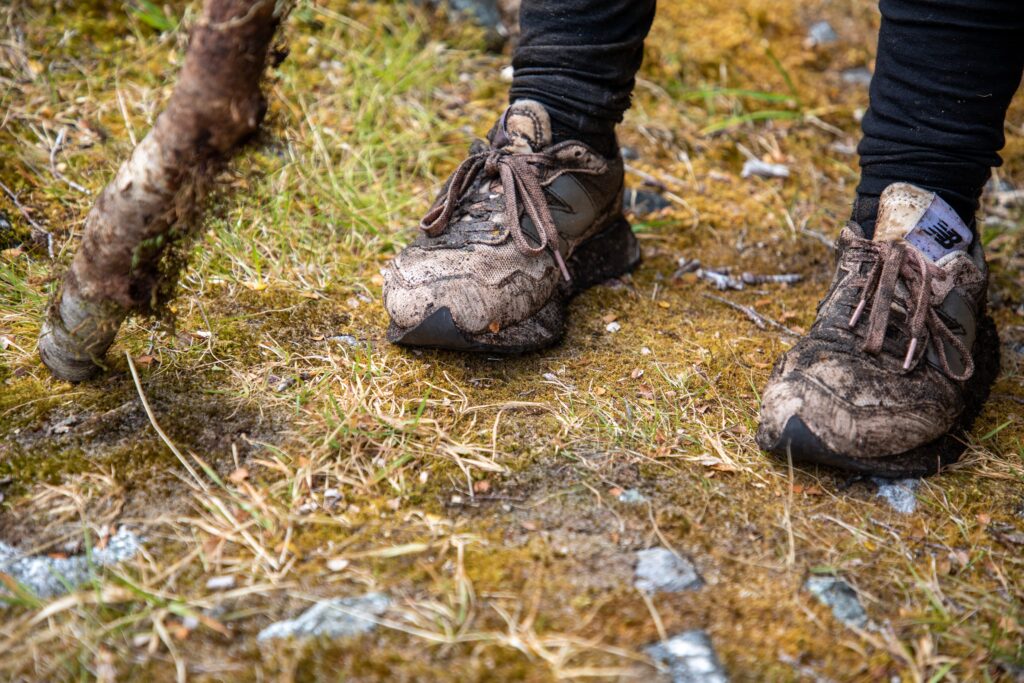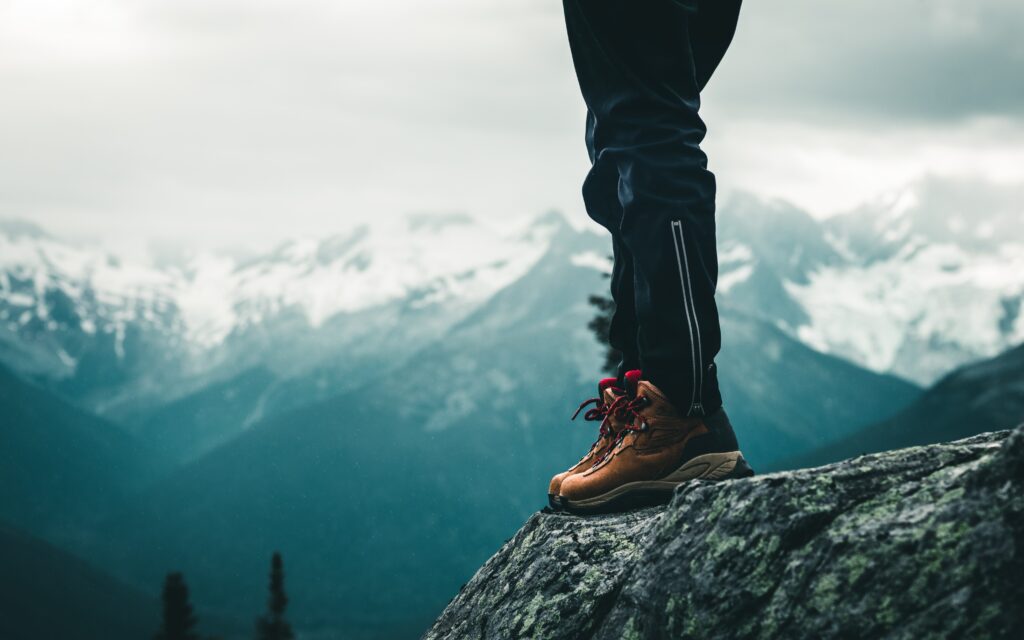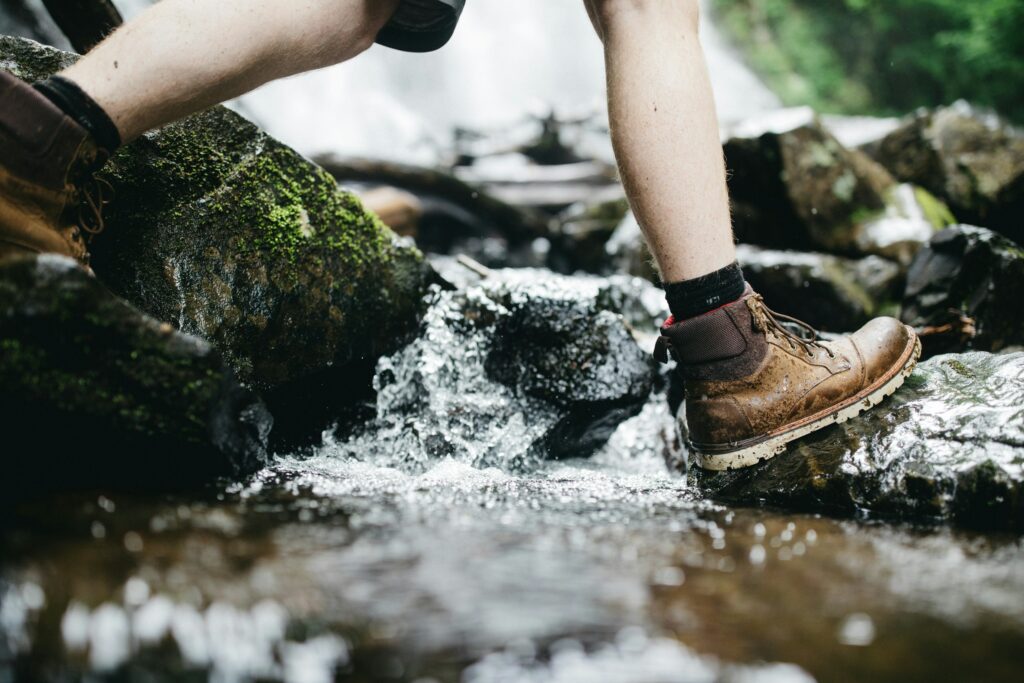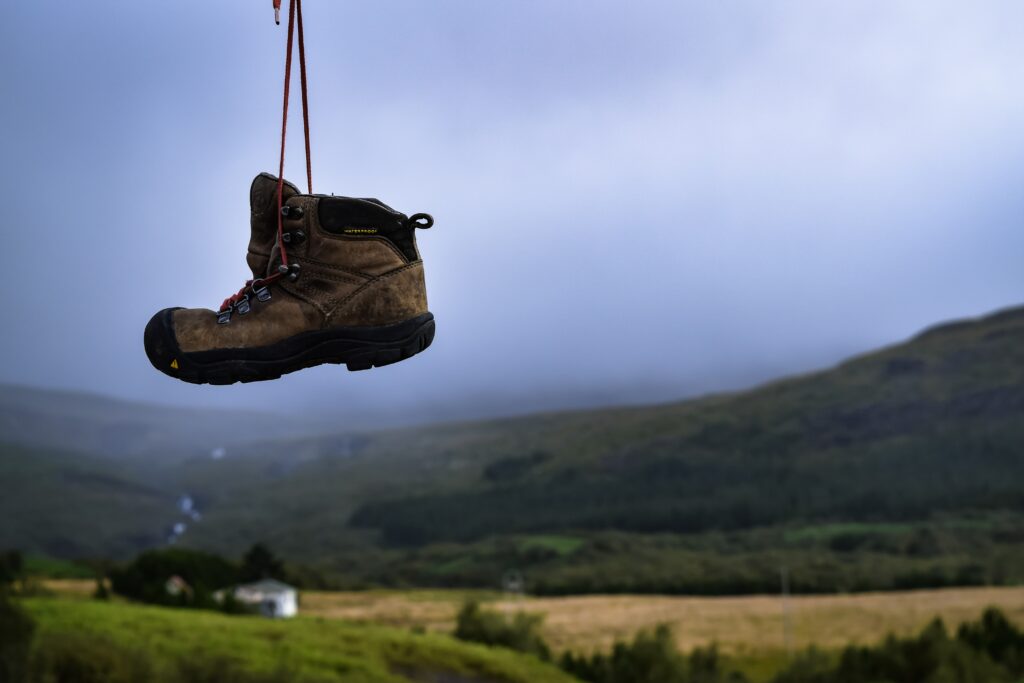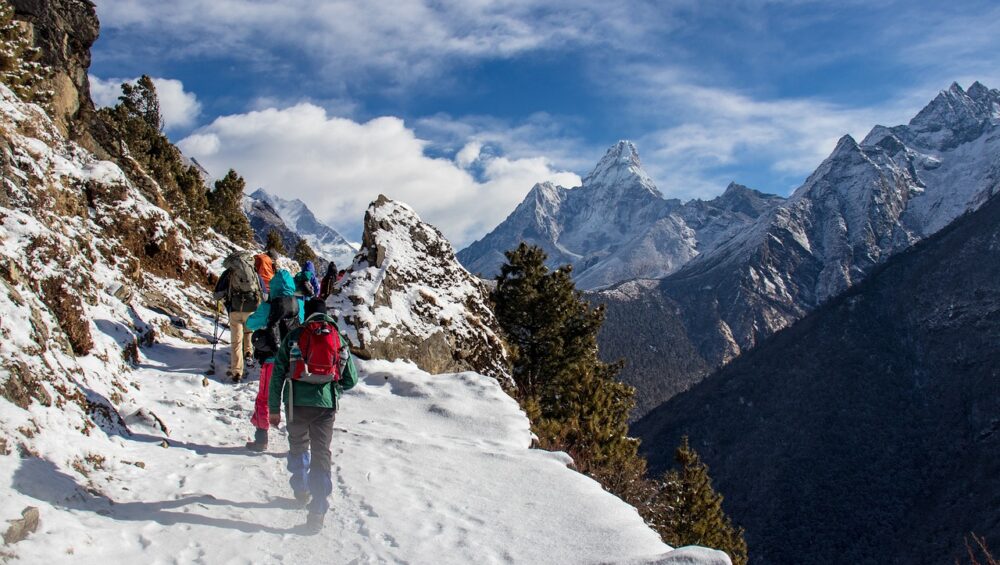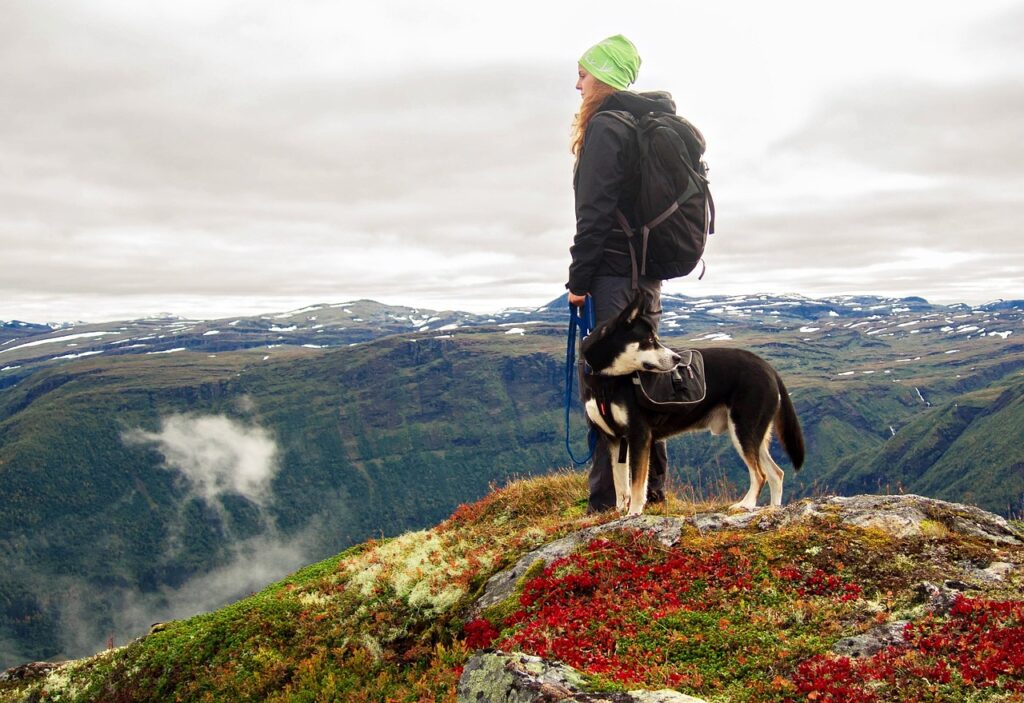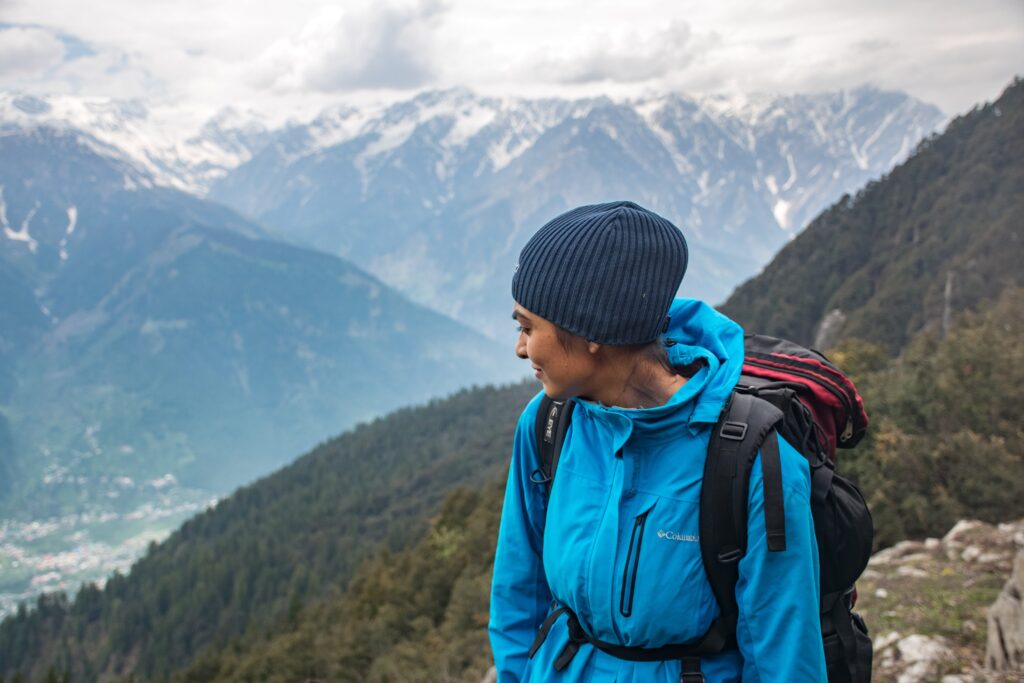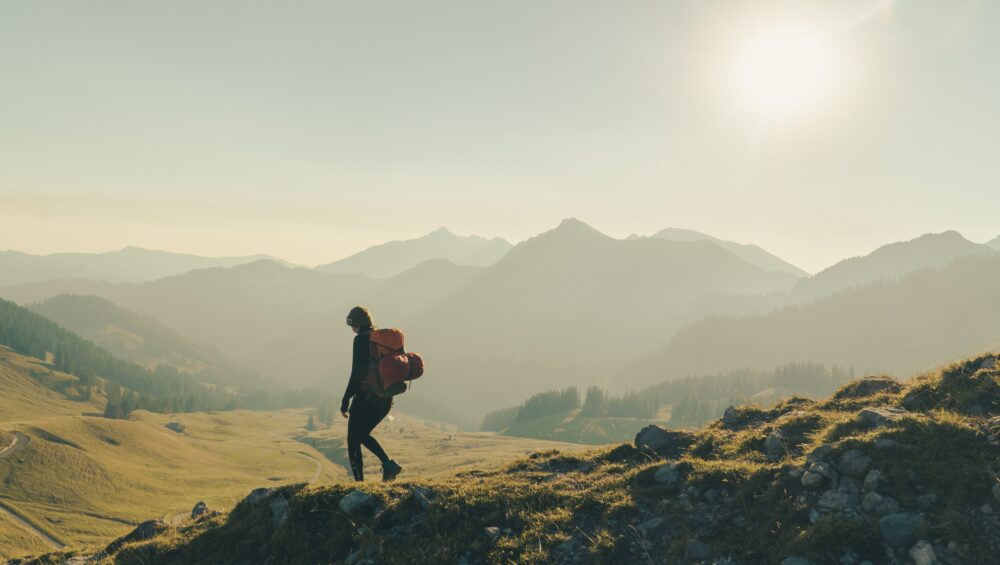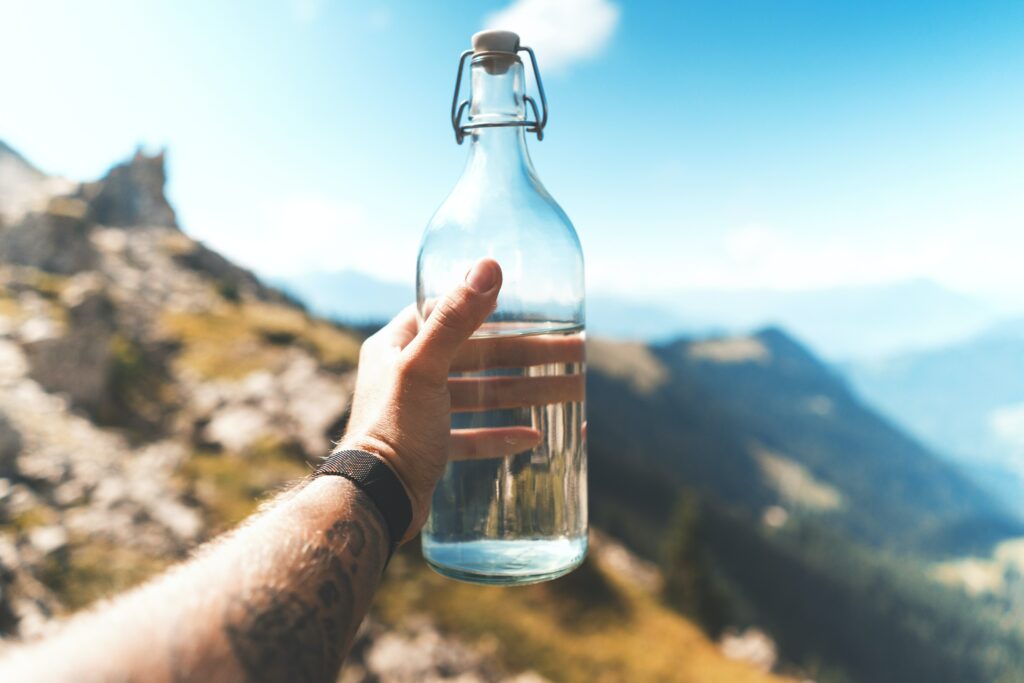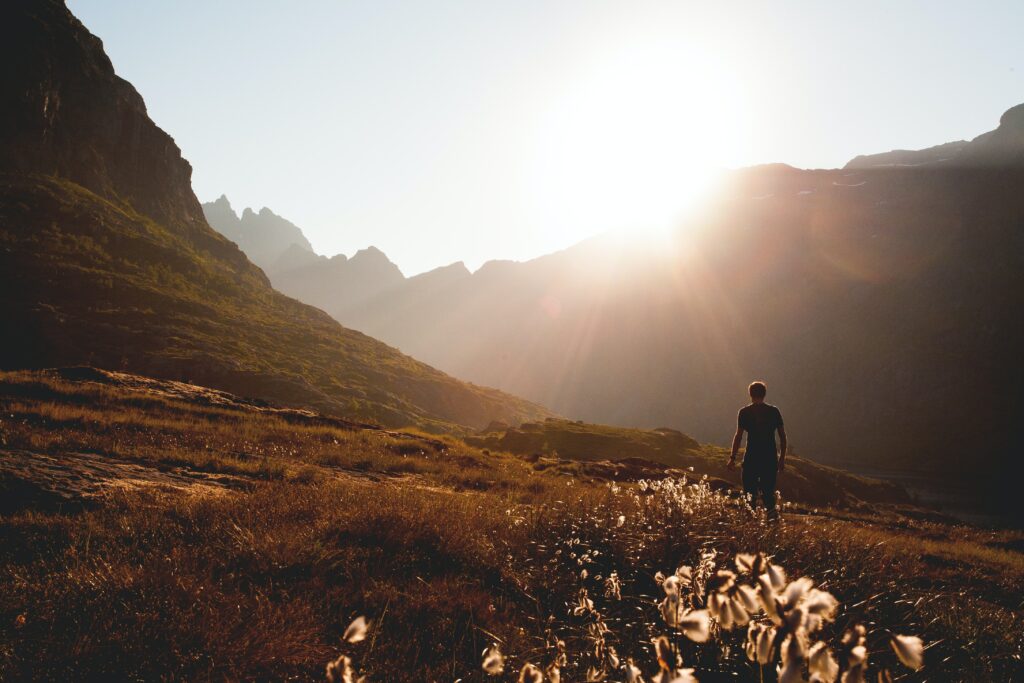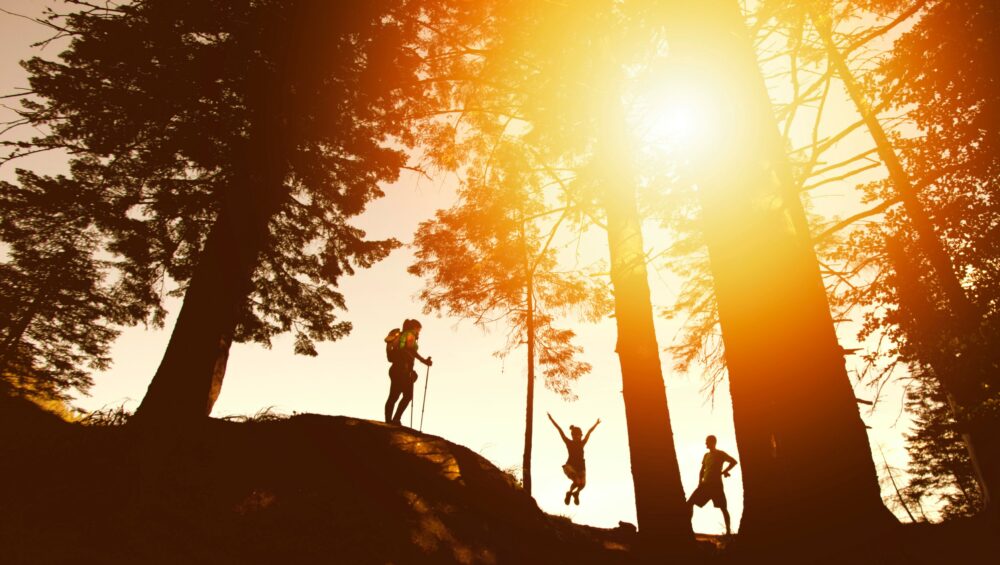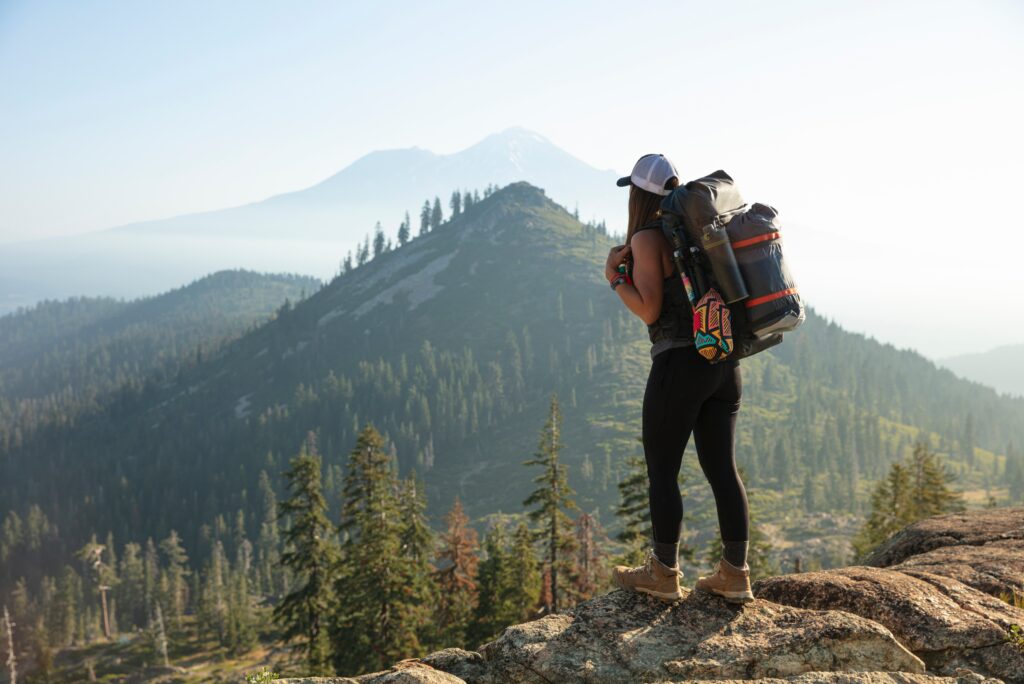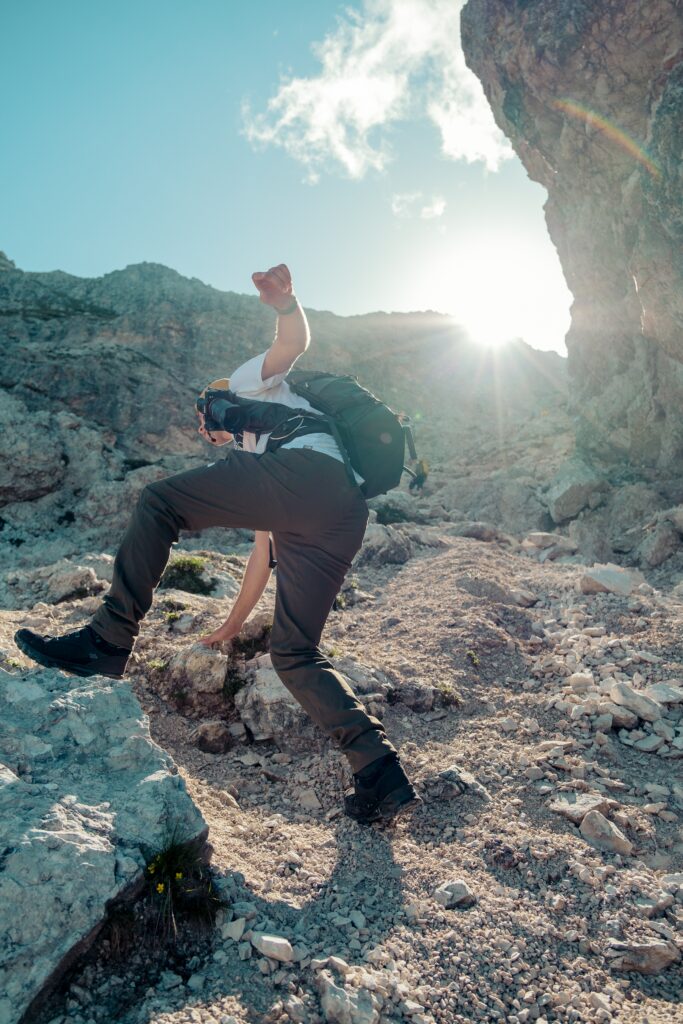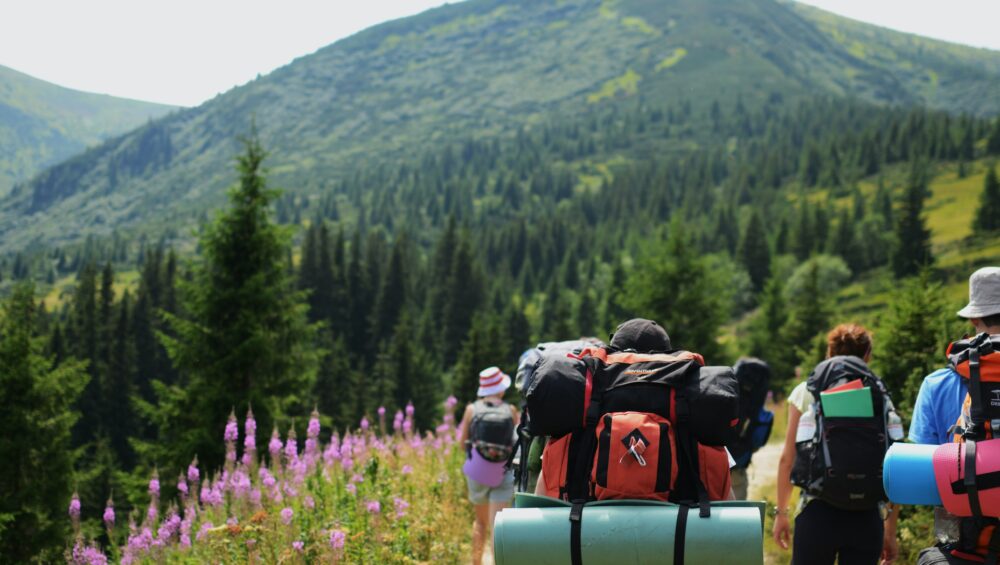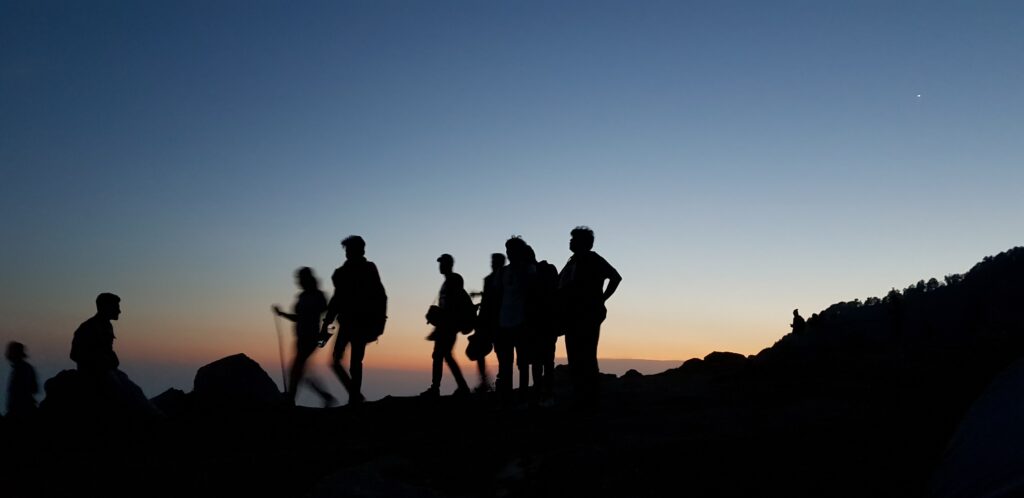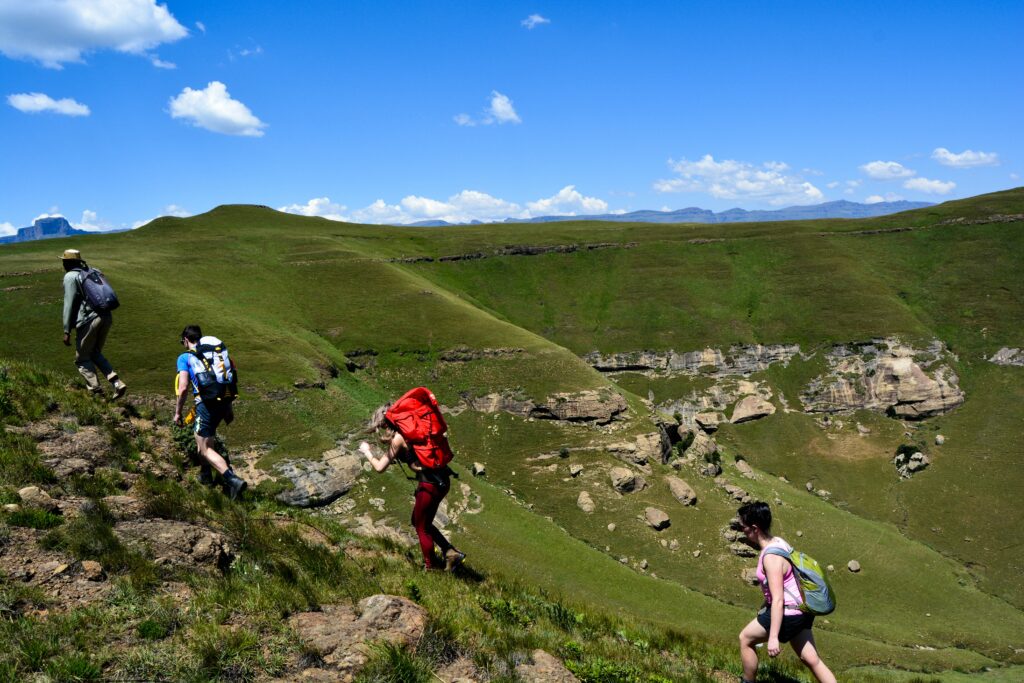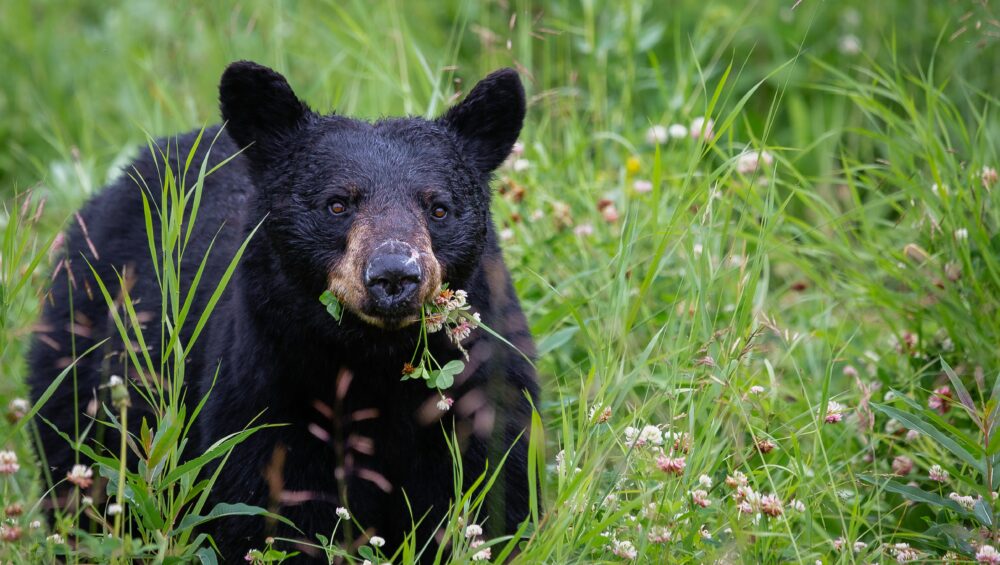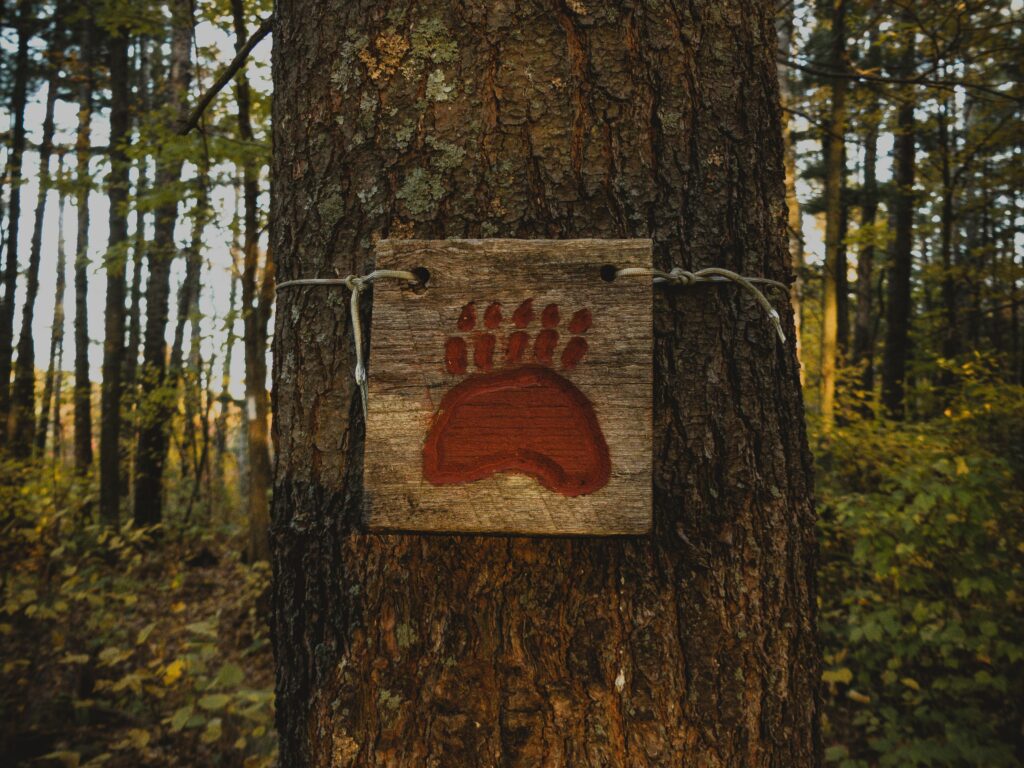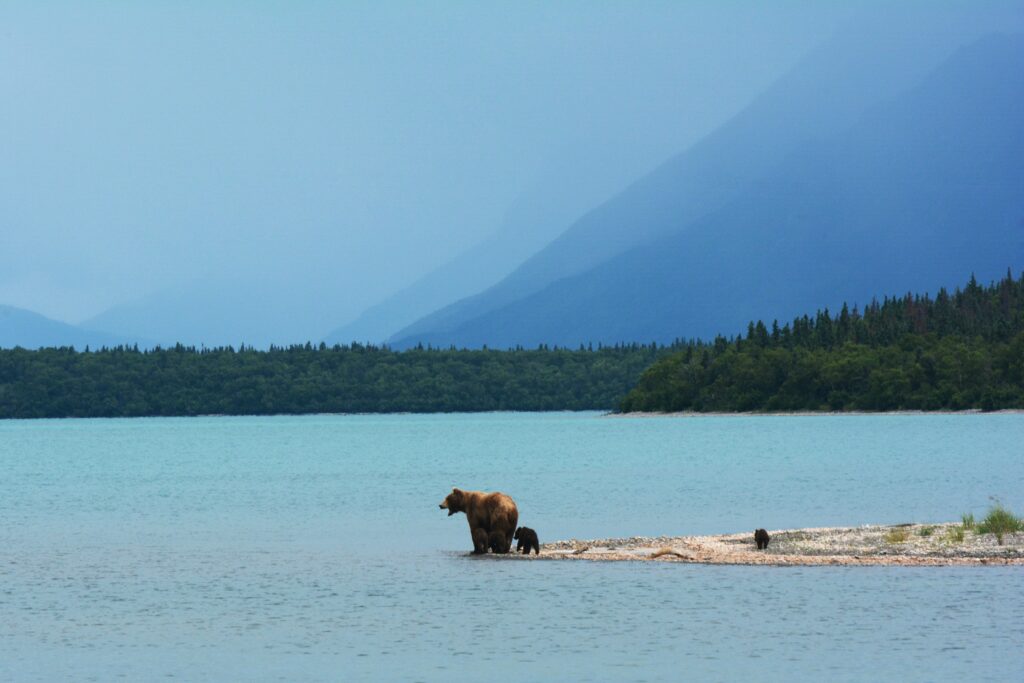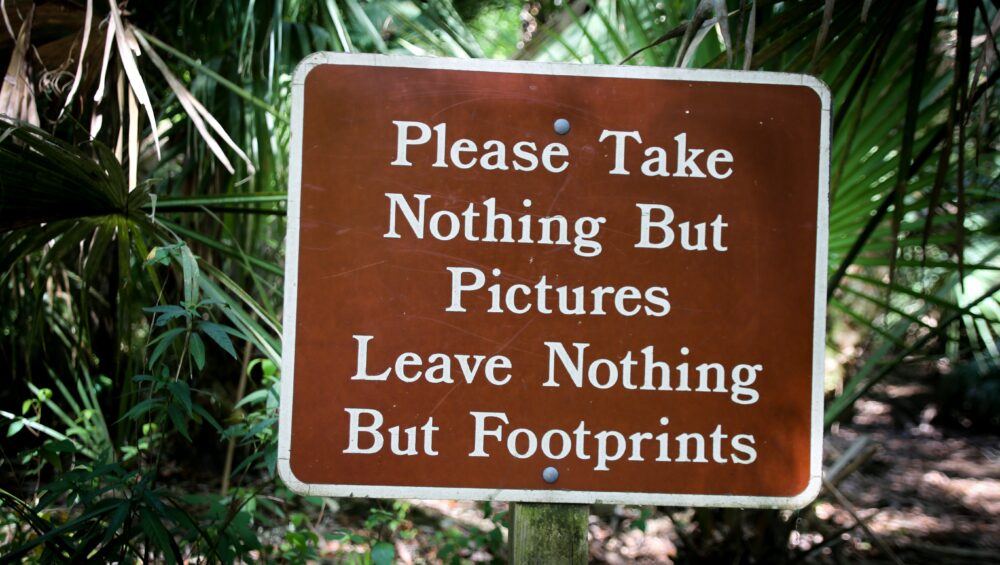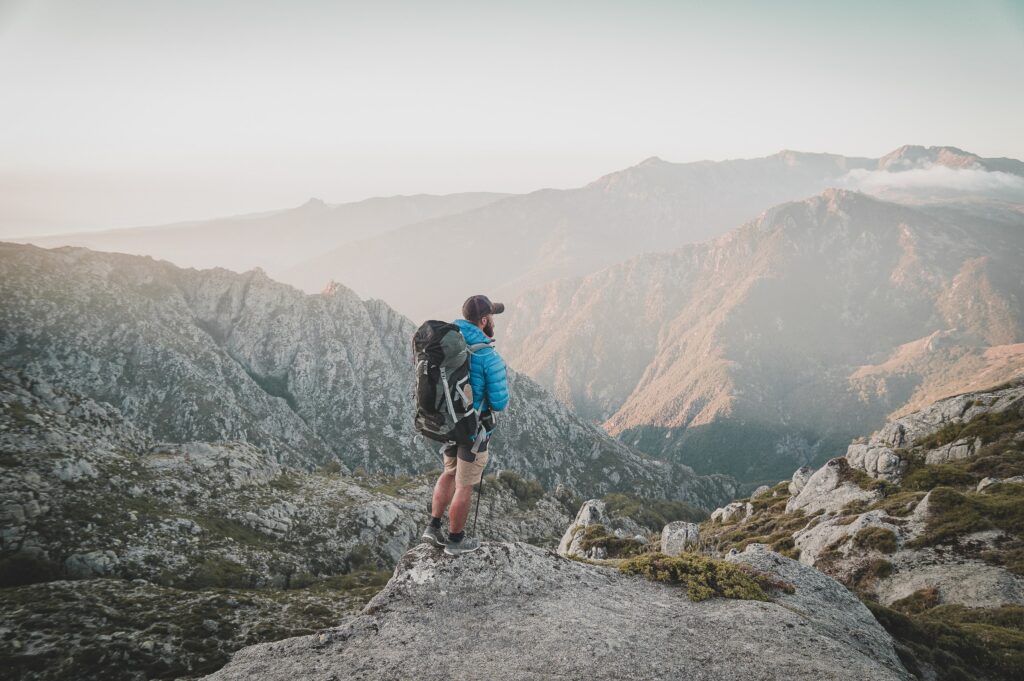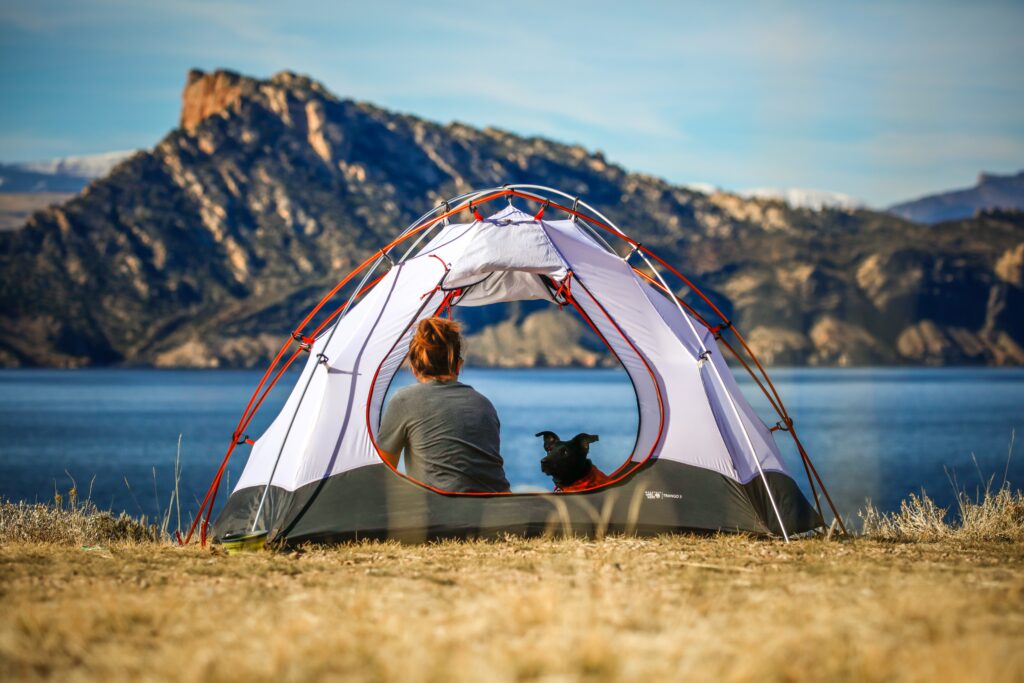Packing for an outdoor adventure can make or break your experience. Whether you’re ziplining through canyons, biking down Pikes Peak, or rafting through white water rapids, having the right gear ensures safety, comfort, and a more enjoyable time.
Colorado’s weather can change quickly, and different activities require different essentials. In this guide, we’ll break down exactly what to pack for outdoor adventures in Colorado, covering ziplining, mountain biking, white water rafting, and hiking.
General Packing Tips for Colorado Adventures
Before diving into activity-specific packing lists, here are a few universal packing tips for outdoor adventures in Colorado:
✅ Dress in Layers – Colorado’s weather can shift dramatically throughout the day. Start with a moisture-wicking base layer, add an insulating layer, and finish with a windproof or waterproof outer layer.
👉 How to Layer for Winter Adventures
✅ Sun Protection is a Must – At higher elevations, the sun is stronger. Always bring sunscreen, sunglasses, and a hat to protect yourself.
✅ Hydration is Key – The dry climate and high elevation can lead to dehydration. A hydration pack or reusable water bottle is essential for all activities.
✅ Check the Forecast – Weather conditions can impact your adventure, so always check the weather before heading out.
✅ Comfortable Footwear – Whether you’re hiking, biking, or ziplining, closed-toe, sturdy shoes are always recommended.
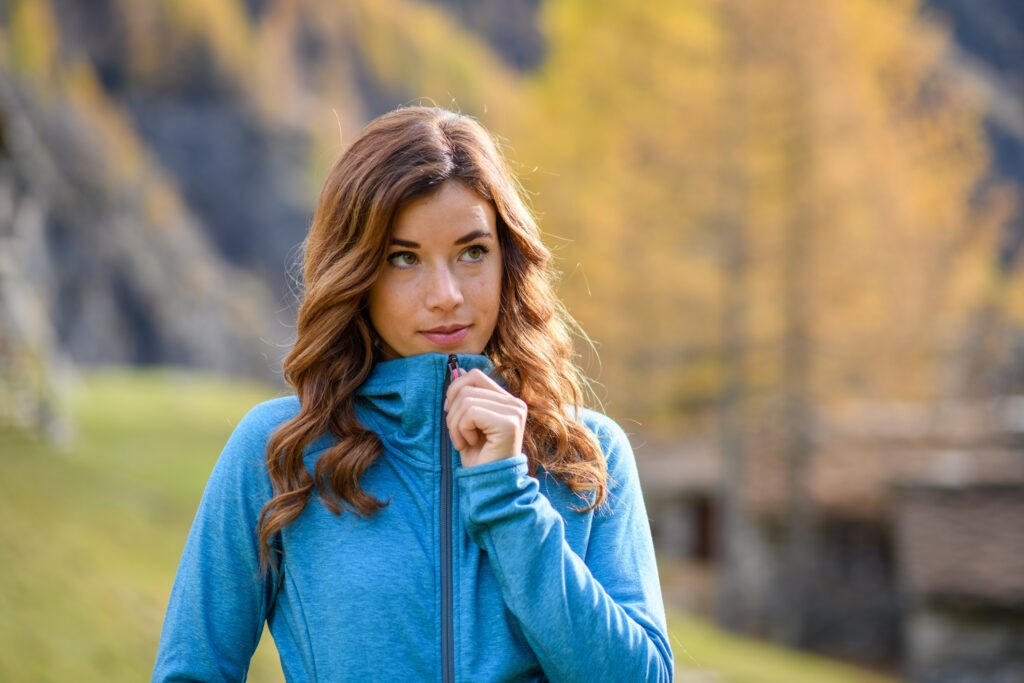
What to Pack for Ziplining in Colorado
Ziplining is an exhilarating way to take in Colorado’s stunning landscapes. If you’re planning to soar above canyons on the Fins Course Zipline at Broadmoor Soaring Adventure (book your ziplining adventure here), here’s what you’ll need:
Essential Gear for Ziplining:
✔ Athletic Clothing – Wear moisture-wicking, flexible clothing for comfort and ease of movement. Avoid baggy clothes that could get caught in harnesses. Shirts with sleeves are helpful to avoid the harness rubbing your shoulders.
✔ Closed-Toe Shoes – Sneakers or hiking shoes with good grip are ideal. No sandals or flip-flops.
✔ Sunglasses with a Retainer Strap – Protect your eyes while preventing your shades from falling mid-zip.
✔ Small Backpack or Fanny Pack – A secure, lightweight bag is provided for small items, but remember that loose items cannot be held while ziplining.
💡 Pro Tip: Leave dangling jewelry, scarves, and anything that could interfere with your harness at home!
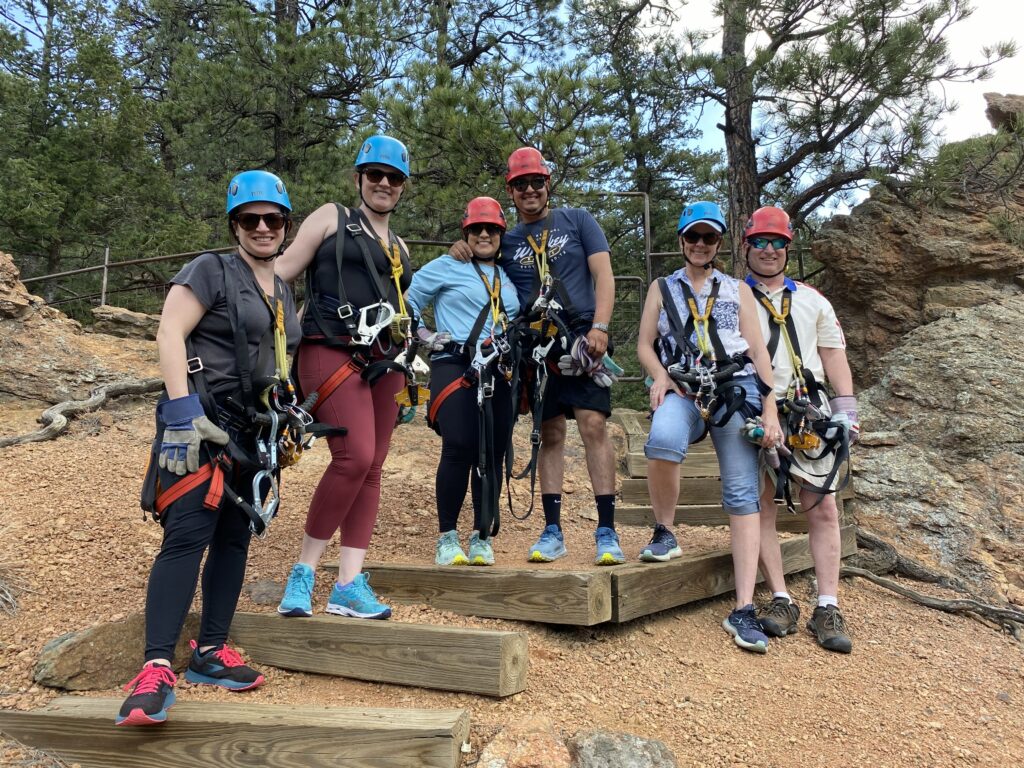
What to Pack for Mountain Biking in Colorado
Colorado Springs is a mountain biking paradise, with epic rides like the Cog Up/Bike Down Pikes Peak Tour (learn more about the tour here). To make the most of your biking adventure, pack wisely!
Essential Gear for Mountain Biking:
✔ Padded Bike Shorts – Reduce saddle discomfort on longer rides.
✔ Breathable, Moisture-Wicking Shirt – Keeps you cool and dry.
✔ Lightweight Jacket – Weather can shift quickly at high altitudes. A windproof or waterproof shell is a smart choice.
✔ Gloves – Protect your hands from blisters and provide a better grip on handlebars.
✔ Helmet – If you’re on a guided tour, helmets are usually provided. If biking independently, always wear a properly fitted helmet.
✔ Sunglasses or Goggles – Protect your eyes from sun, wind, and dust.
✔ Hydration Pack or Water Bottle – Staying hydrated is crucial at high elevations.
✔ Snacks – Energy bars, trail mix, or electrolyte chews keep your energy up on long rides.
💡 Pro Tip: If you’re biking down Pikes Peak, temperatures at the summit can be 30-40°F colder than in Colorado Springs. Dress accordingly!
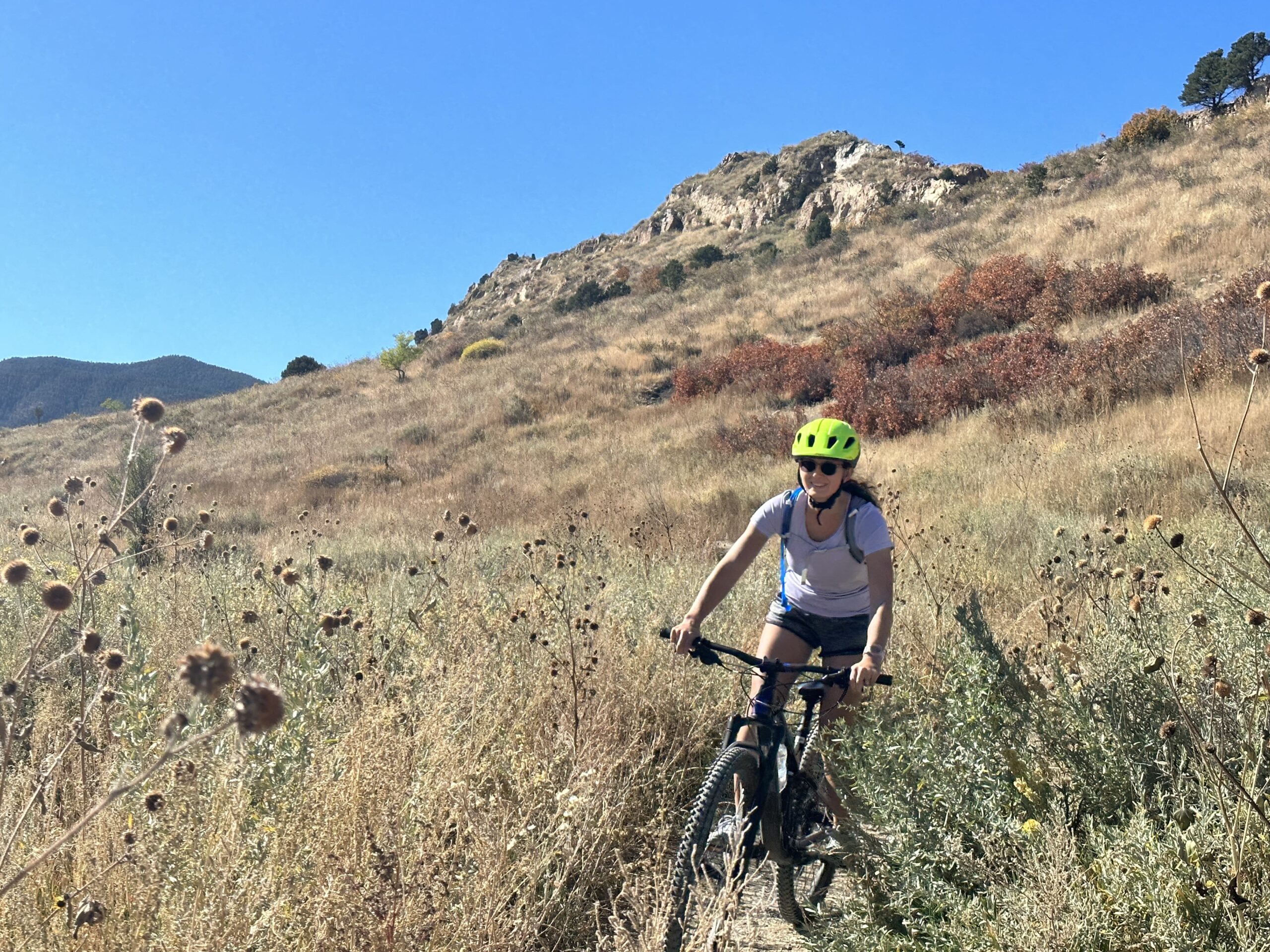
What to Pack for White Water Rafting in Colorado
Rafting down the Arkansas River with Broadmoor Outfitters (book your rafting trip here) is an unforgettable experience. Whether you’re taking on Bighorn Sheep Canyon’s beginner-friendly rapids or Royal Gorge’s adrenaline-pumping white water with another Outfitter, the right gear is essential.
Essential Gear for White Water Rafting:
✔ Quick-Dry Clothing – Avoid cotton! Wear synthetic, moisture-wicking materials like rash guards, board shorts, or athletic leggings.
✔ Water Shoes or Sandals with Straps – Flip-flops are not allowed. Opt for secure, grippy water shoes.
✔ Sunscreen (Water-Resistant, SPF 50+) – Reapply often, even on cloudy days.
✔ Sunglasses with a Retainer Strap – Protect your eyes from glare while keeping your shades secure.
✔ Waterproof Phone Case or Dry Bag – If bringing your phone, ensure it stays dry.
✔ Towel & Change of Clothes – You will get wet! Pack dry clothes for afterward.
✔ Wetsuit (if needed) – During colder months, a wetsuit may be provided by your rafting outfitter.
💡 Pro Tip: Leave valuables behind! The river can be unpredictable, and you don’t want to lose your keys, wallet, or phone.
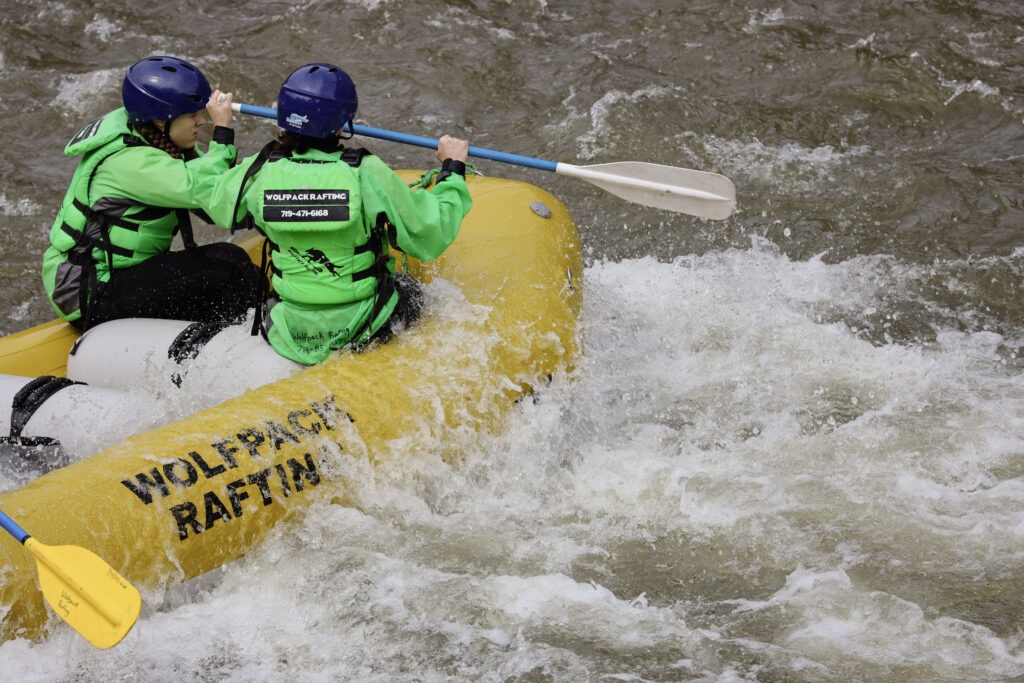
What to Pack for Hiking in Colorado
Hiking in Colorado Springs offers breathtaking trails like Garden of the Gods and the Manitou Incline. To stay comfortable and safe, pack smart!
Essential Gear for Hiking:
✔ Hiking Boots or Trail Shoes – Opt for sturdy, comfortable footwear with good traction.
✔ Backpack (Daypack Size) – A light, comfortable backpack holds your essentials.
✔ Water (At Least 2 Liters Per Person) – High altitude + dry climate = faster dehydration.
✔ Snacks – Bring high-energy snacks like nuts, jerky, or granola bars.
✔ Sun Protection – Sunscreen, hat, and sunglasses are a must!
✔ Rain Jacket or Windbreaker – Afternoon storms can roll in quickly.
✔ First Aid Kit – Blister pads, bandages, and pain relievers can be lifesavers.
✔ Map or GPS – Cell service is unreliable on some trails. Download maps in advance!
💡 Pro Tip: If hiking the Manitou Incline, start early to avoid crowds and the midday heat. It’s a steep climb with 2,768 steps, so bring plenty of water!
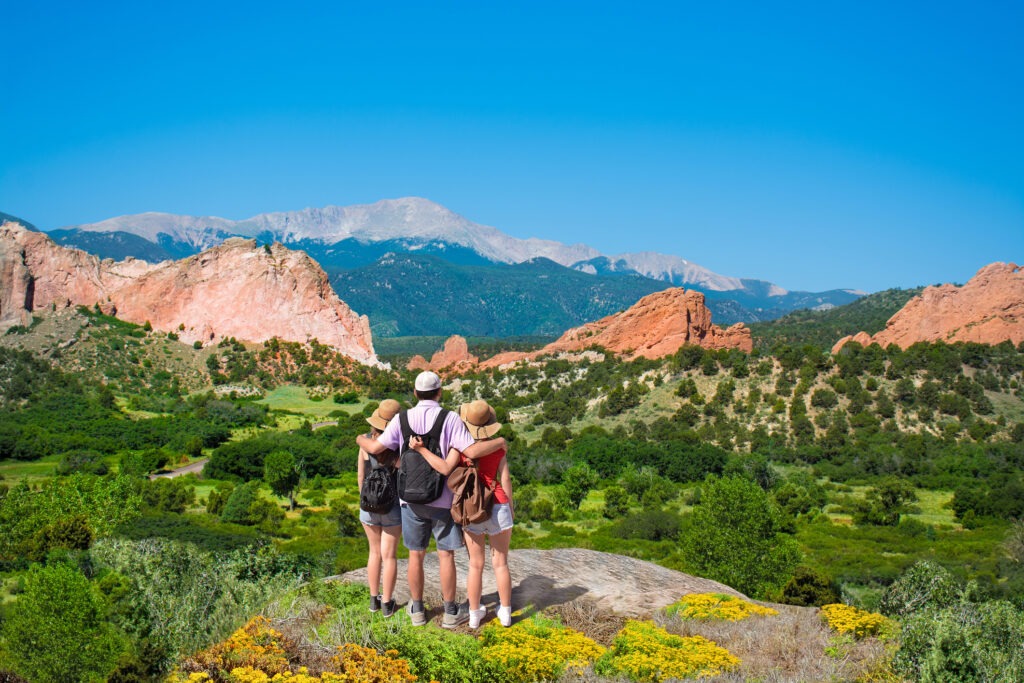
Final Thoughts: Pack Smart & Adventure with Confidence
Whether you’re ziplining over Seven Falls, biking down Pikes Peak, rafting through rapids, or hiking iconic trails, the right gear ensures a safe and comfortable adventure.
If you’re looking for guided outdoor experiences in Colorado Springs, check out Broadmoor Outfitters for thrilling ziplining, biking, rafting, rock climbing, and more.

